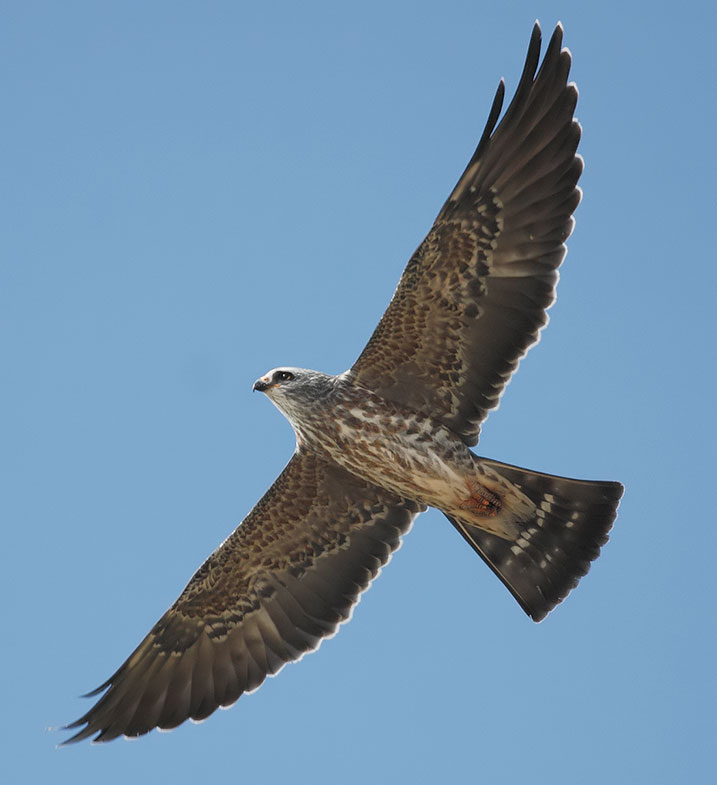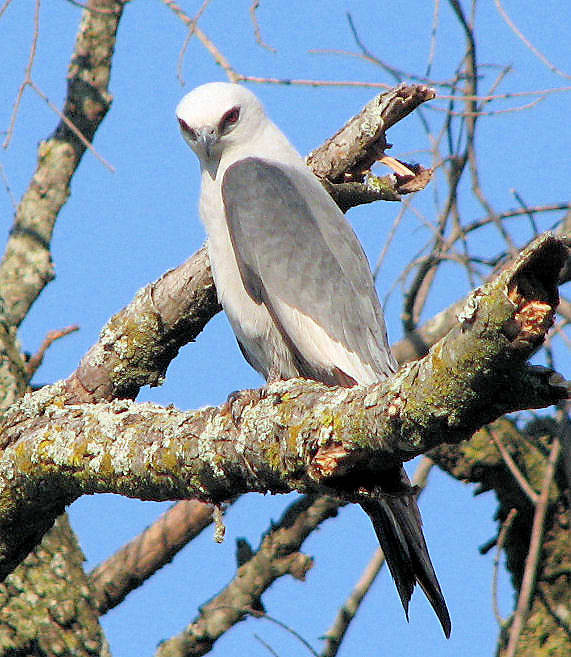

Swallow-tailed Kites are large but slender birds of prey that are most often seen hovering in the skies with their distinctive forked tail. They are found in the south of Mississippi during the breeding season and in the north of the state during migration. Swallow-tailed Kites are spotted in Mississippi from mid-February to August and are recorded in 1% of summer checklists. They’re also very protective of their nest and will attack anyone, people and animals alike when they get too close.įun Fact: Mississippi Kites are more successful at producing offspring in their urban habitats because there are fewer predators there than in forests and woodlands.


Mississippi Kites usually nest in colonies and will sometimes accept help with the nest from a one-year-old bird.

They both take the time to incubate the eggs for about twenty-nine to thirty-two days. They can build them on their own using twigs, leaves, and moss or they can re-use old, abandoned nests by other birds or even squirrels.īoth adults build the nest together and the female lays one to three eggs in it. They can use tree branches that are a few feet off the ground or even as high as 115 feet up. Nests of Mississippi Kites are built on most types of trees. Sometimes, they hang around bison, horses, deer, and people and snatch whatever insects are flushed out by their activities. They also hunt from their perch in trees and snag snakes, turtles, small birds, lizards, frogs, and fish. They capture medium to large-sized insects like grasshoppers, beetles, cicadas, and dragonflies. Most of the time, Mississippi Kites forage from the air and catch their prey and eat them while in flight. In cityscapes, they’re likely to perch on tall buildings. It is best to keep your sights above the trees for they love to sail on the wind and float in the air. You can find Mississippi Kites in small woodland forests in the prairies, dense old-growth hardwood forests, and more recently, in tree-lined areas like windbreaks, shelterbelts, city parks, golf courses, and other urban areas. Mississippi Kites breed in the southern and eastern United States and migrate to South America, mainly Argentina, Paraguay, Uraguay, and southern Brazil. Juveniles have heavily streaked brown and white bellies, heavily mottled wings, and long, banded tails. Male and female Mississippi Kites look similar except that males are slightly paler than females. They have long, dark tails and red legs and feet. Their primary wings are dark gray, their secondary wings are white, and wingtips are black. Their underparts are light gray while their upperparts are dark gray.
#WHITE MOROH MISSISSIPPI KITE PATCH#
They have light gray heads, red eyes with a dark eye patch in front, and small, strongly hooked dark bills. Mississippi Kites are small and slender birds of prey. They are spotted here from April to September. Mississippi Kites breed in Mississippi and are recorded in 9% of summer checklists submitted by bird watchers for the state. There are many types of birds of prey that can be spotted in Mississippi, including owls, hawks, eagles, and vultures. In North America, they are found mostly in southern states. Kites can be found worldwide but are more in warmer regions. However, White-tailed Kites are accidental species here. There are 3 species of kites in Mississippi that have been spotted and they are the Mississippi Kite, Swallow-tailed Kite, and the White-tailed Kite. They spend a lot of time soaring looking for prey, so looking up is a great way to spot them, even on car journeys. Kites are small birds of prey that are known for their amazing ability to fly into the wind and hover, which is known as kiting.


 0 kommentar(er)
0 kommentar(er)
